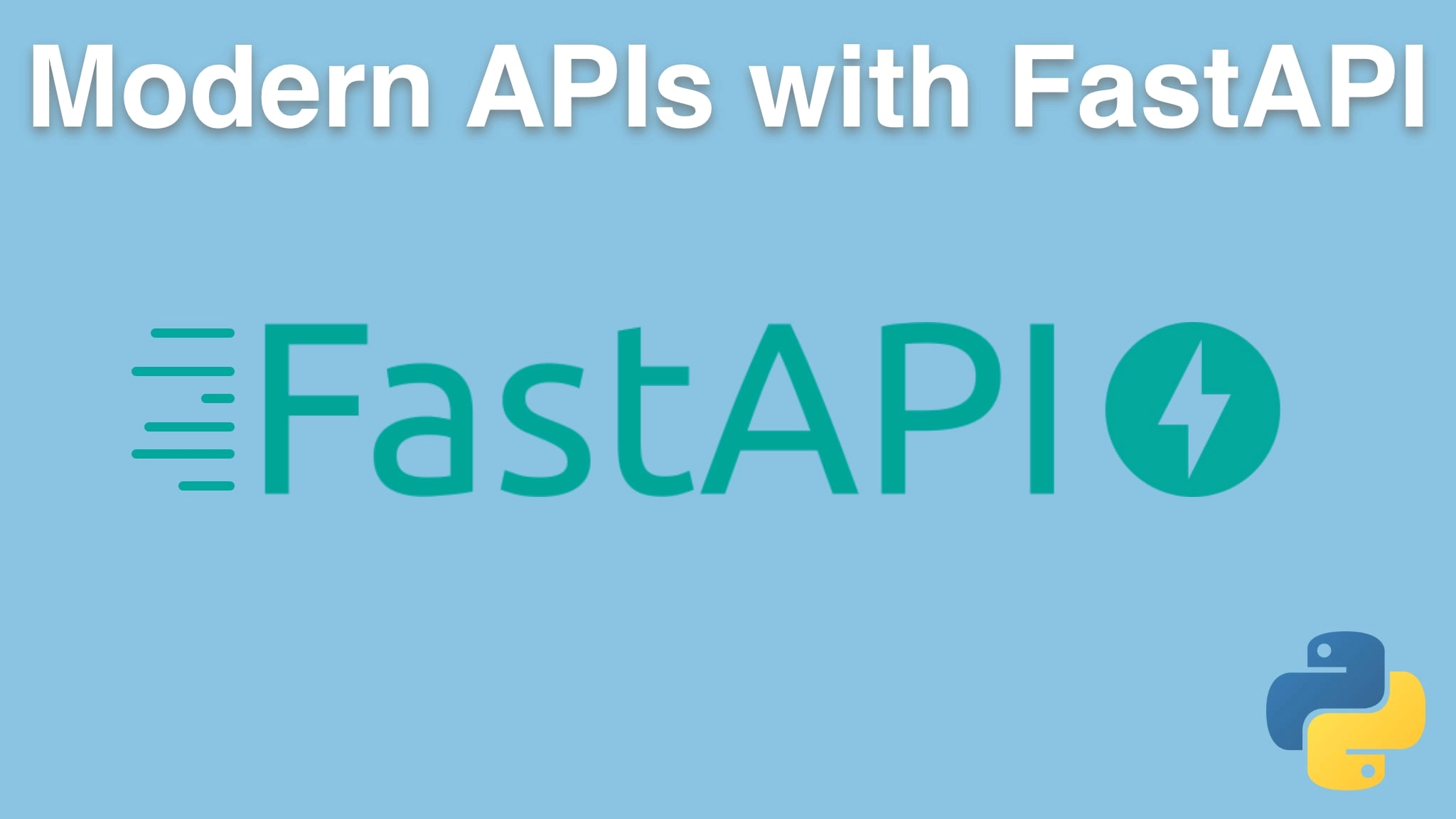Modern APIs with FastAPI and Python Transcripts
Chapter: Accepting inbound data
Lecture: Inbound data introduction
Login or
purchase this course
to watch this video and the rest of the course contents.
0:00
What we've created so far is a really nice API, and it lets people get reports on the weather in different locations.
0:07
What is the current weather basically anywhere within the world and as long as we've interacted with that recently, we can do that in a super fast way,
0:14
good error messages and so on. But something is missing from the API.
0:18
A couple things are missing, but the most important thing that you probably care about
0:22
is having an API that not just returns data but accepts data from the user and saves it back into a database or some something like a database.
0:31
So in this chapter, what we're gonna do is we're gonna add the ability for
0:34
users to report unique weather events like "I just saw a tornado" or "it's hailing in
0:39
my neighborhood" things like that. So you'll enter a location and some sort of weather report
0:44
and store that and then on the home page or through the API we'll let people see what that looks like.
0:50
What is happening currently in different locations, you know, we're not going to get super advanced. Not like "show me events near me".
0:57
It'll just be the recent stuff happening in the world. But obviously you can enhance it from there. So that's the idea of this chapter, is
1:03
to take what we built so far and allow other systems, other users, other apps and so on to contribute back and to add data to it,
1:10
not just consume data from the open weather map.
